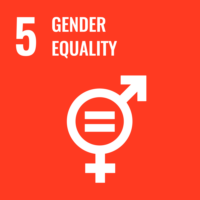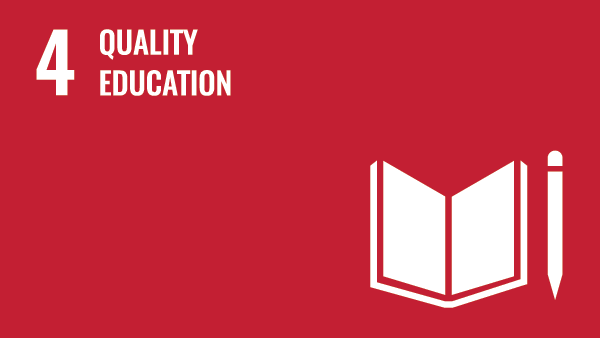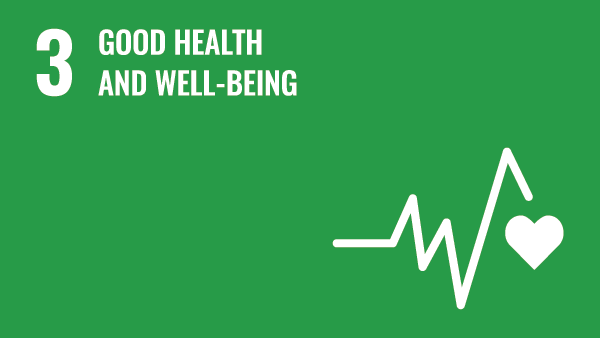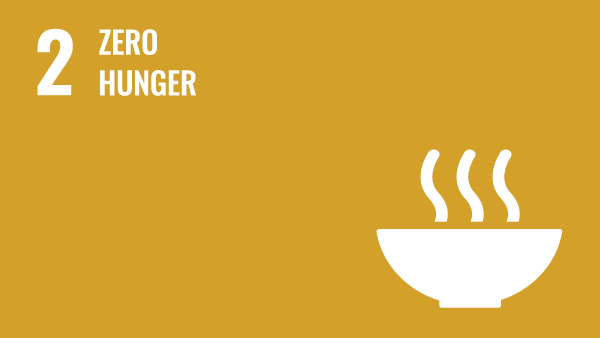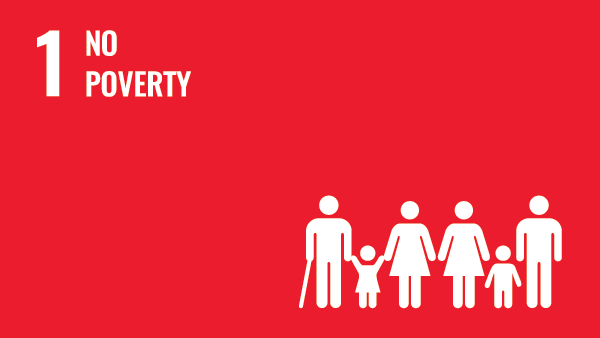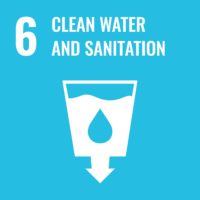
Did you know that more than a quarter of the world’s population does not have access to clean drinking water, and nearly half do not have access to basic sanitation? This is why the United Nations has made it a priority to address this issue through Sustainable Development Goal (SDG) #6 Clean Water and Sanitation, which aims to ensure availability and sustainable management of water and sanitation for all by 2030.


